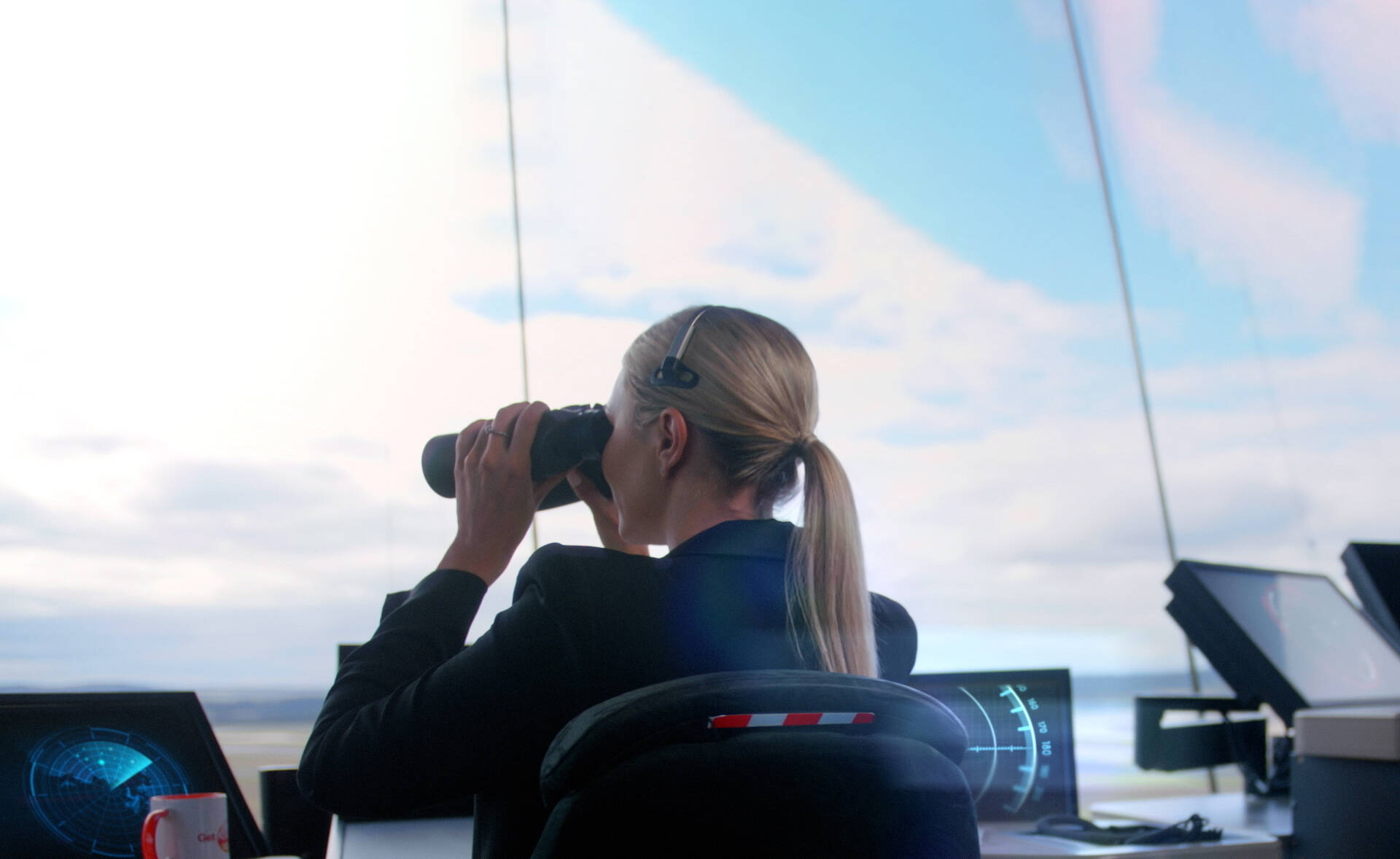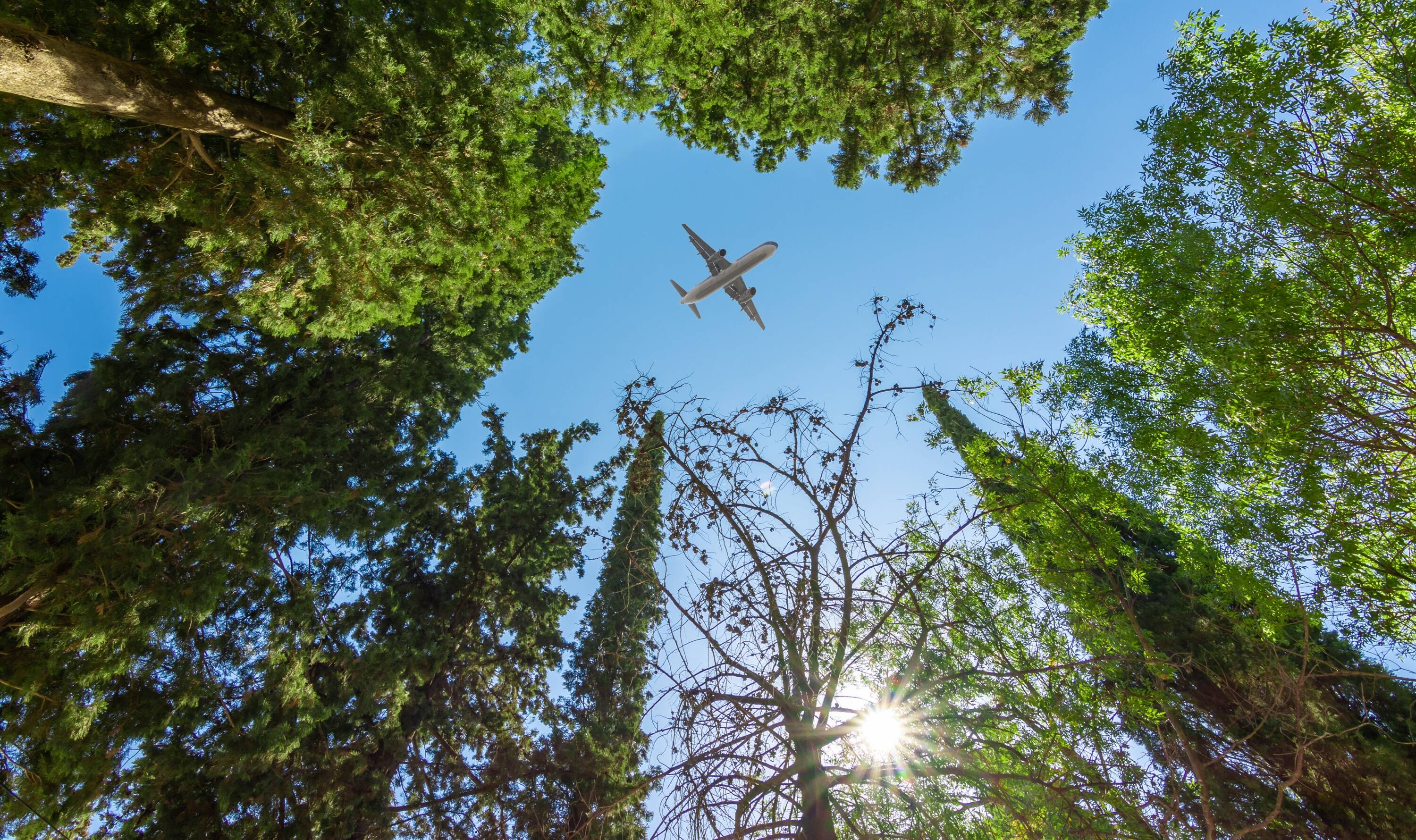


Aviation’s ambition for a sustainable future is off to a good start.
A promising start for a sustainable future
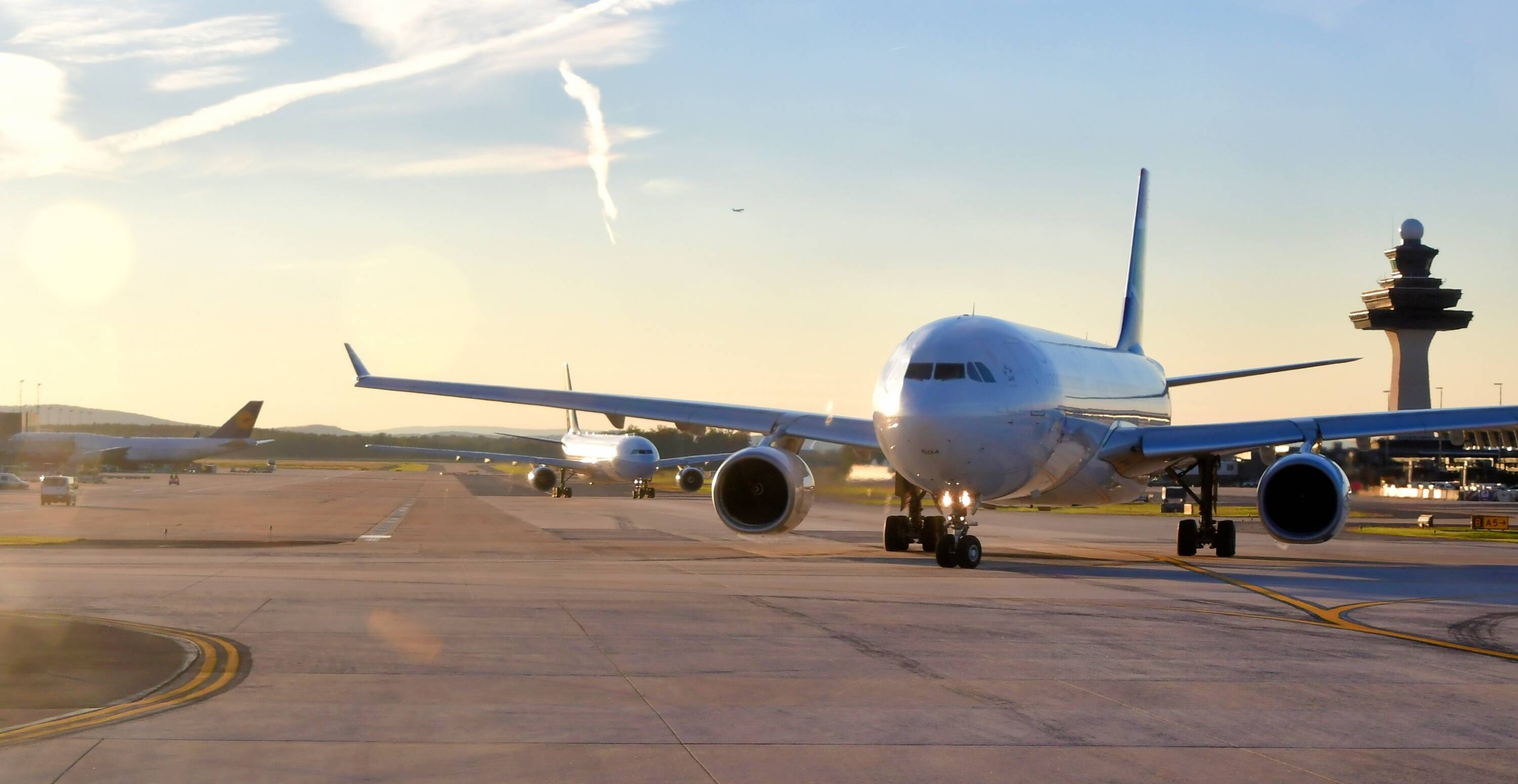
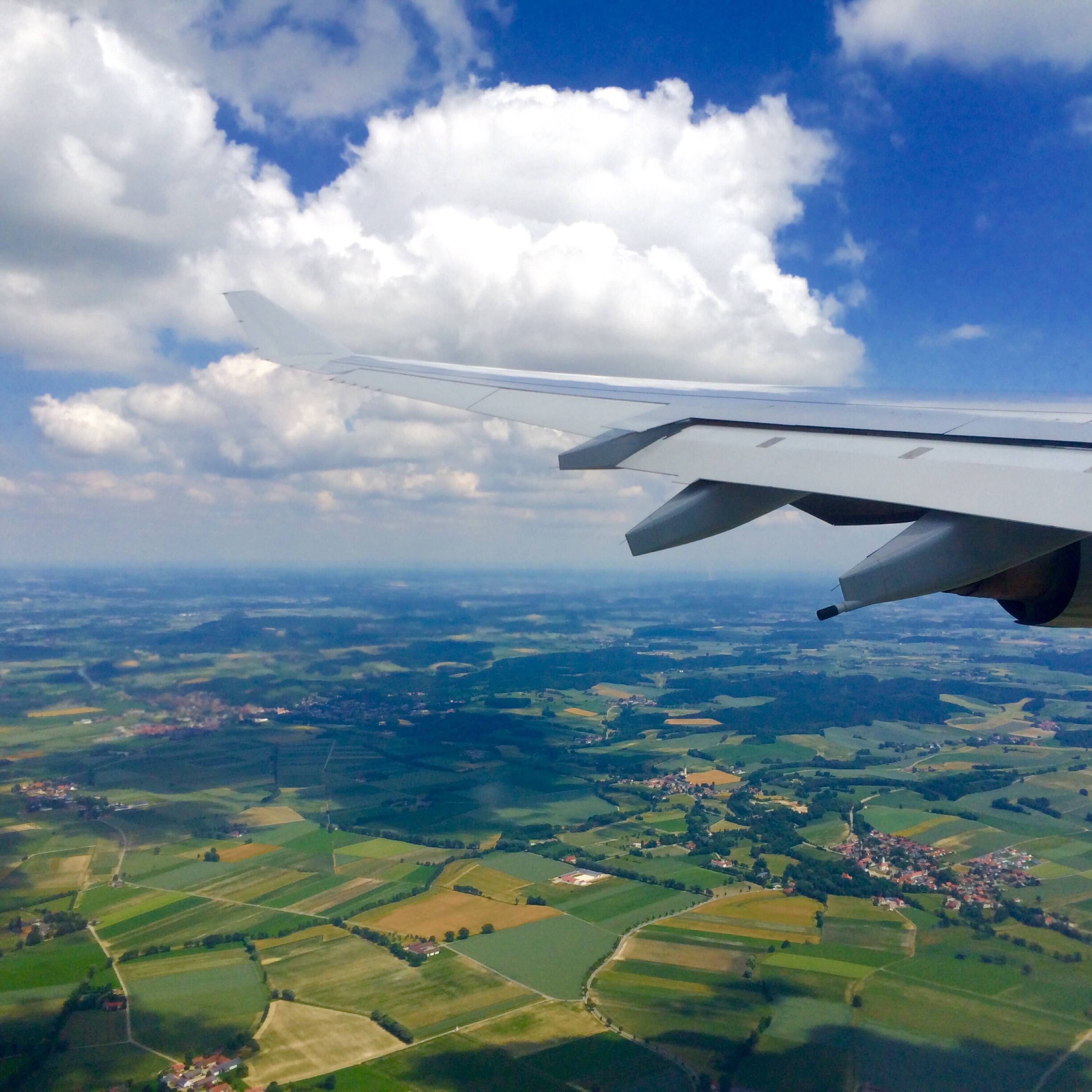
Regional momentum
Solutions to the global challenge of reducing emissions and improving performance start at the local and regional levels.
For example, Latin America is collaborating through CANSO’s CADENA initiative to develop more efficient regional routes. The planned airway system alternative (PASA) is being trialled and results to date on the Atlanta to Lima route show annual monetary and CO2 savings of US$368,000 and 1,184 metric tonnes, respectively.
In Europe, CANSO has partnered with Airports Council International Europe (ACI EUROPE), AeroSpace and Defence Industries Association of Europe (ASD Europe), Airlines for Europe (A4E), and European Regions Airline Association (ERA) on a cross-industry sustainability initiative – Destination 2050. This would see all flights within and departing the European Union, United Kingdom and European Free Trade Association achieving net zero CO2 emissions by 2050.
Further, it is assumed there will be an impact on demand due to the above measures, resulting in the net zero CO2 goal.
Securing the required supporting policy and financing framework at EU and national level is key to making the initiative work. This will allow the industry to continue investment in decarbonisation and will also ensure a level playing field. In turn, this will facilitate the transition through incentives and by reducing investment risks with consistent and stable policy frameworks.
“The air traffic management industry and the rest of the aviation sector in Europe have come together to find a solution to our common challenge – reducing carbon emissions, while still delivering valuable economic and social benefits,” says Tanja Grobotek, Director Europe Affairs at CANSO. “With improvements across the sector, we aim to make a meaningful impact and help to achieve Europe’s climate goals.”
Olivier Jankovec, Director General at ACI EUROPE concurs. “The decisive and tangible actions set out in this roadmap are unprecedented,” he says. “Here we have an entire sector not just committing to decarbonisation, but actually charting the path to make it happen and effectively contribute to the EU’s Climate objectives and the Paris Agreement. But whilst we embrace our responsibilities, it is clear that we cannot do this alone. It takes two to tango. Now we need the EU to deliver the policy and regulatory framework that will enable us to deliver net zero European Aviation by 2050.”
There are four key elements in the Destination 2050 initiative:
What ANSPs can do to improve sustainability
There are a number of areas that ANSPs can affect to reduce CO2 emissions. These include PBN solutions, free routes and continuous climbs and descents. PBN solutions will eventually lead to 4D trajectories, which should considerably reduce holding patterns and delays. Meanwhile, collaborative decision making will reduce delays by anticipating time of arrival and departure and allowing improved flow management on the ground and in the air.
In more general terms, environmental training for controllers will help raise awareness of the issue and promote the use of CO2-mitiagting techniques.
Measuring success
Boosting the sustainability of aviation is a core focus for CANSO and its members. CANSO’s new vision aims to take a tailored approach to delivering a sustainable future, including targets, drawing on global data, and addressing both the operational elements of the services ATM provides, and the facilities it runs.
And for their part, CANSO members will work together to champion innovation and new insights.
Indeed, NATS, the UK ANSP, has an environmental metric – 3Di – to help its efforts. The aim is to improve airspace management by tracing performance and having that data feed into targets.
Ian Jopson, Head of Sustainable Operations at NATS, explains that the industry commitment to reaching net-zero emissions by 2050 means that NATS has taken the decision to share its 3Di metric.
3Di was introduced in 2012 and has already enabled savings of over 6 million tonnes of aircraft CO2. It works by comparing the actual trajectory of aircraft with an optimal trajectory that would minimise fuel burn and CO2 emissions.
“A preferred trajectory or ‘perfect flight’ – a score of zero – would include a continuous climb from the ground up to optimal cruise, followed by a continuous descent back to touchdown, with the full profile taking the most direct possible route,” says Jopson. “Importantly it takes into consideration the entire flight trajectory, not just the two-dimensional route.”
Though perfect flights will be difficult to achieve, DHL Express performed one in July 2020. It achieved a score of just 0.013 according to NATS as it soared through UK airspace on its way from Leipzig to New York. DHL anticipated the flight would save about 3,150kg of CO2 and identified more than 50 actions that contributed to the perfect flight.
Environmental responsibility is aviation’s license to grow better and smarter. And though the pandemic has had a devastating impact on passenger travel, it has also been a catalyst for new thinking, approaches and innovation in sustainability. Many stakeholders within the aviation ecosystem are now committed to a zero-carbon future within 30 years.
But as air traffic continues to recover, and the possibility of congestion in the skies looms once again, how is the industry shaping up to tackle the associated challenges and deliver a truly sustainable future for aviation?


Improvements in aircraft and engine technologies
could achieve emission reductions of
37%

Sustainable aviation fuels (SAFs)
could achieve emission reductions of
34%

Economic
measures
could achieve emission reductions of
8%

Improvements in air traffic management (ATM) and aircraft operations
could achieve emission reductions of
6%

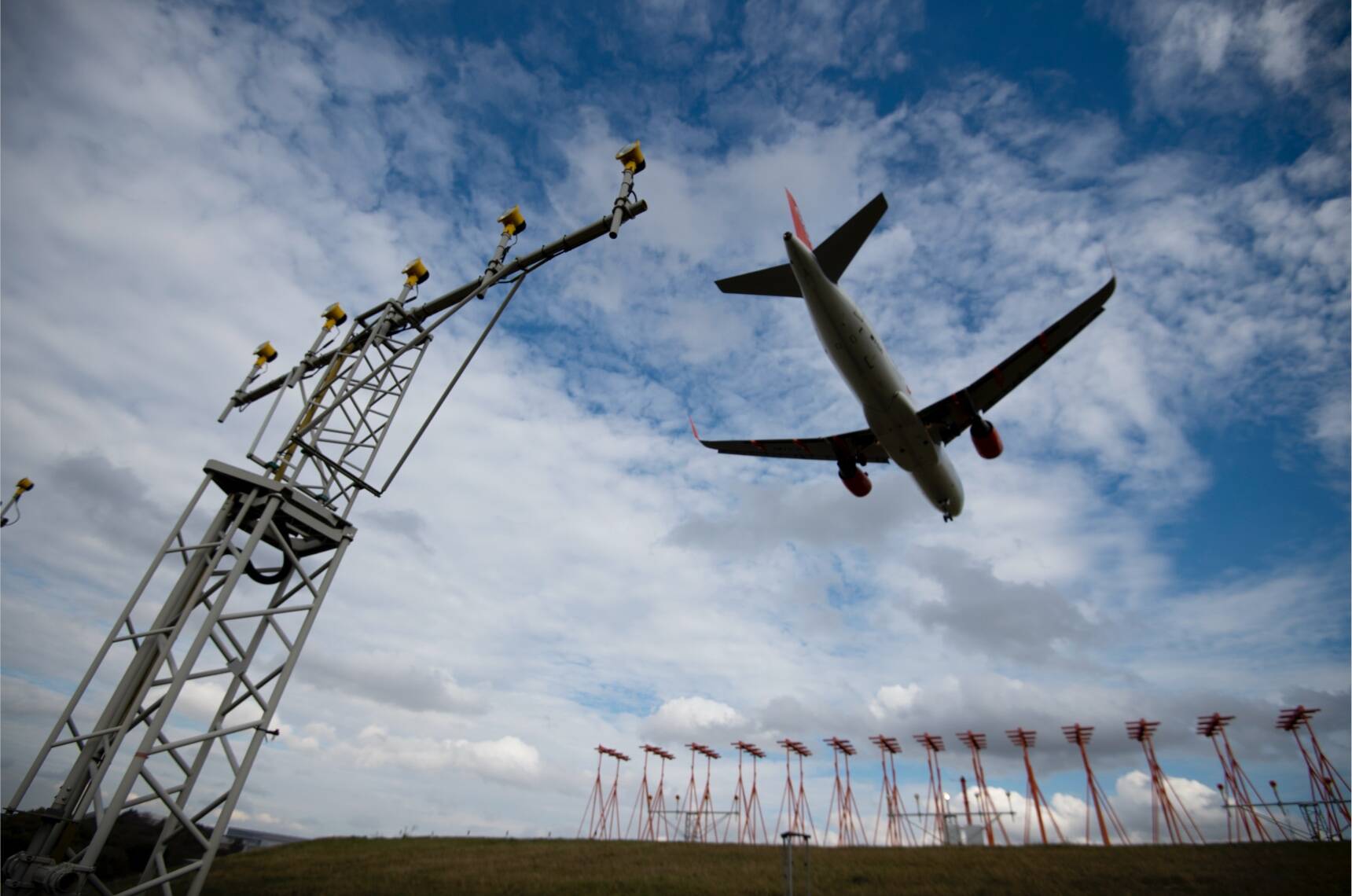
Ian Jopson
Head of Sustainable Operations, NATS
“A preferred trajectory or ‘perfect flight’ – a score of zero – would include a continuous climb from the ground up to optimal cruise, followed by a continuous descent back to touchdown, with the full profile taking the most direct possible route, importantly it takes into consideration the entire flight trajectory, not just the two-dimensional route.”
Flexible ATM
It is important to stress that the tireless work to reduce emissions is a global phenomenon.
In Asia Pacific, for example, Singapore’s air navigation service provider (ANSP), CAAS continues to harness technology and partnerships with air operators and other stakeholders to deliver safe and efficient air navigation services in all phases of flight.
These include initiatives to provide more optimal route placements, continuous descent (CDO) and climb (CCO) operations, and shorter taxiing time to drive more fuel-efficient operations.
CAAS began flexible ATM trials at Changi Airport in 2020. Implementing CDO and CCO saved up to 150kg of fuel for each flight. And tactical track shortening, the cancellation of certain Standard Terminal Arrival Route (STAR) restrictions and mixed mode runway operations saved up to three minutes per flight during the taxi phase.
CAAS is also working with Singapore Airlines on Arrival Sequencing in the Singapore Terminal Maneuvering Area (ASIST). The aim is to validate the concept of operations for long-range air traffic flow management (LR-ATFM) by regulating long-haul arrival flights through time-based spacing. Estimated fuel savings average 160 tonnes annually post-COVID and there is the potential to expand to other airlines.
Climate change affects the world and so it is only fitting that ANSPs from all regions are working hard to achieve a sustainable future for aviation. There is a long road ahead but ANSPs have made a promising start and stand ready to support and lead initiatives in this critical area.

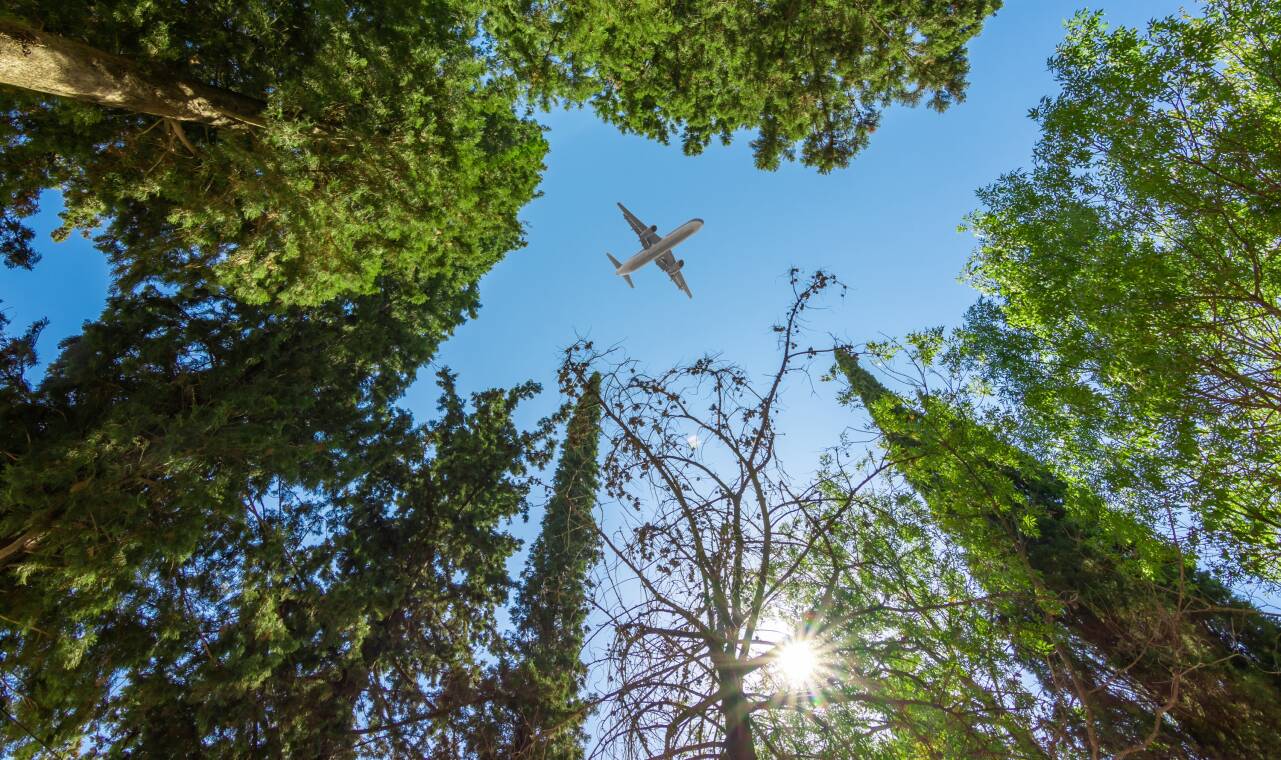

A promising start for a sustainable future
Aviation’s ambition for a sustainable future is off to a good start.
What ANSPs can do to improve sustainability
There are a number of areas that ANSPs can affect to reduce CO2 emissions. These include PBN solutions, free routes and continuous climbs and descents. PBN solutions will eventually lead to 4D trajectories, which should considerably reduce holding patterns and delays. Meanwhile, collaborative decision making will reduce delays by anticipating time of arrival and departure and allowing improved flow management on the ground and in the air.
In more general terms, environmental training for controllers will help raise awareness of the issue and promote the use of CO2-mitiagting techniques.
Regional momentum
Solutions to the global challenge of reducing emissions and improving performance start at the local and regional levels.
For example, Latin America is collaborating through CANSO’s CADENA initiative to develop more efficient regional routes. The planned airway system alternative (PASA) is being trialled and results to date on the Atlanta to Lima route show annual monetary and CO2 savings of US$368,000 and 1,184 metric tonnes, respectively.
In Europe, CANSO has partnered with Airports Council International Europe (ACI EUROPE), AeroSpace and Defence Industries Association of Europe (ASD Europe), Airlines for Europe (A4E), and European Regions Airline Association (ERA) on a cross-industry sustainability initiative – Destination 2050. This would see all flights within and departing the European Union, United Kingdom and European Free Trade Association achieving net zero CO2 emissions by 2050.
Environmental responsibility is aviation’s license to grow better and smarter. And though the pandemic has had a devastating impact on passenger travel, it has also been a catalyst for new thinking, approaches and innovation in sustainability. Many stakeholders within the aviation ecosystem are now committed to a zero-carbon future within 30 years.
But as air traffic continues to recover, and the possibility of congestion in the skies looms once again, how is the industry shaping up to tackle the associated challenges and deliver a truly sustainable future for aviation?
Further, it is assumed there will be an impact on demand due to the above measures, resulting in the net zero CO2 goal.
Securing the required supporting policy and financing framework at EU and national level is key to making the initiative work. This will allow the industry to continue investment in decarbonisation and will also ensure a level playing field. In turn, this will facilitate the transition through incentives and by reducing investment risks with consistent and stable policy frameworks.
“The air traffic management industry and the rest of the aviation sector in Europe have come together to find a solution to our common challenge – reducing carbon emissions, while still delivering valuable economic and social benefits,” says Tanja Grobotek, Director Europe Affairs at CANSO. “With improvements across the sector, we aim to make a meaningful impact and help to achieve Europe’s climate goals.”
Olivier Jankovec, Director General at ACI EUROPE concurs. “The decisive and tangible actions set out in this roadmap are unprecedented,” he says. “Here we have an entire sector not just committing to decarbonisation, but actually charting the path to make it happen and effectively contribute to the EU’s Climate objectives and the Paris Agreement. But whilst we embrace our responsibilities, it is clear that we cannot do this alone. It takes two to tango. Now we need the EU to deliver the policy and regulatory framework that will enable us to deliver net zero European Aviation by 2050.”
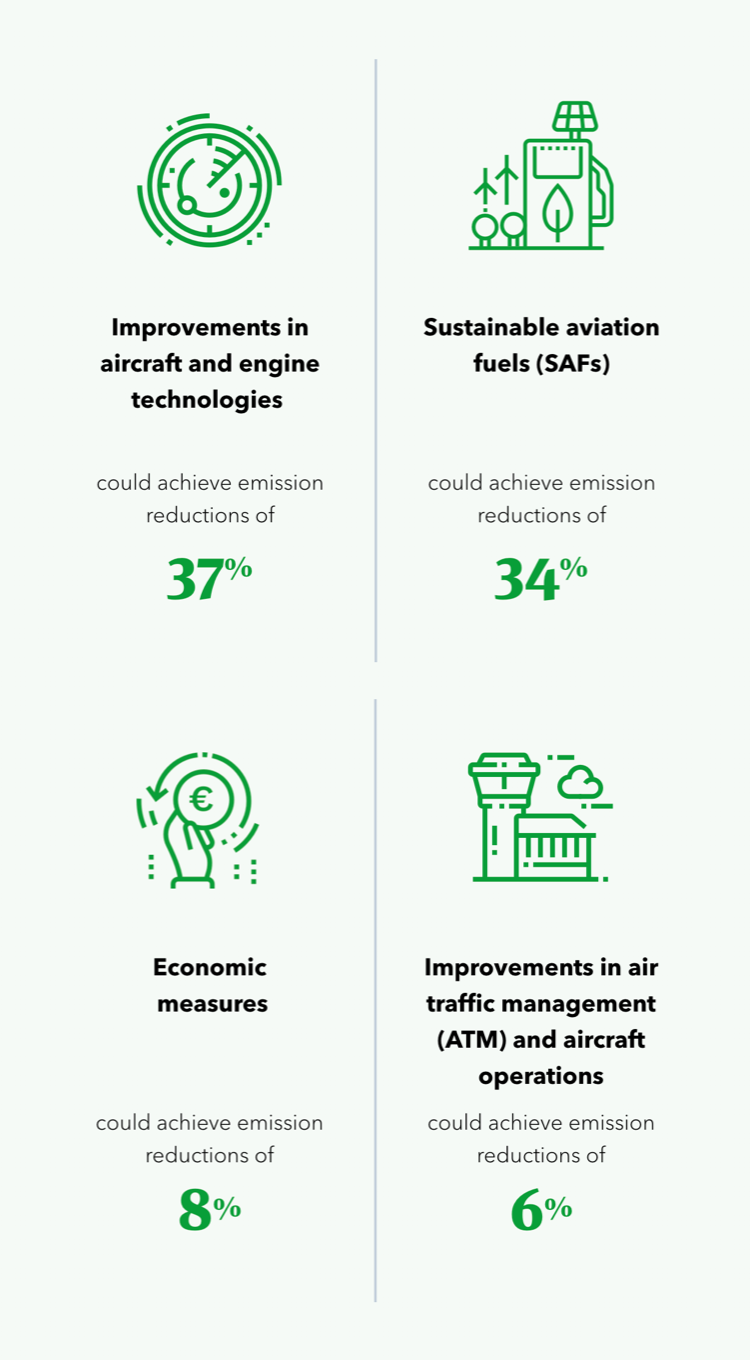
Measuring success
Boosting the sustainability of aviation is a core focus for CANSO and its members. CANSO’s new vision aims to take a tailored approach to delivering a sustainable future, including targets, drawing on global data, and addressing both the operational elements of the services ATM provides, and the facilities it runs.
And for their part, CANSO members will work together to champion innovation and new insights.
Indeed, NATS, the UK ANSP, has an environmental metric – 3Di – to help its efforts. The aim is to improve airspace management by tracing performance and having that data feed into targets.
Ian Jopson, Head of Sustainable Operations at NATS, explains that the industry commitment to reaching net-zero emissions by 2050 means that NATS has taken the decision to share its 3Di metric.
3Di was introduced in 2012 and has already enabled savings of over 6 million tonnes of aircraft CO2. It works by comparing the actual trajectory of aircraft with an optimal trajectory that would minimise fuel burn and CO2 emissions.
“A preferred trajectory or ‘perfect flight’ – a score of zero – would include a continuous climb from the ground up to optimal cruise, followed by a continuous descent back to touchdown, with the full profile taking the most direct possible route,” says Jopson. “Importantly it takes into consideration the entire flight trajectory, not just the two-dimensional route.”
Though perfect flights will be difficult to achieve, DHL Express performed one in July 2020. It achieved a score of just 0.013 according to NATS as it soared through UK airspace on its way from Leipzig to New York. DHL anticipated the flight would save about 3,150kg of CO2 and identified more than 50 actions that contributed to the perfect flight.
Flexible ATM
It is important to stress that the tireless work to reduce emissions is a global phenomenon.
In Asia Pacific, for example, Singapore’s air navigation service provider (ANSP), CAAS continues to harness technology and partnerships with air operators and other stakeholders to deliver safe and efficient air navigation services in all phases of flight.
These include initiatives to provide more optimal route placements, continuous descent (CDO) and climb (CCO) operations, and shorter taxiing time to drive more fuel-efficient operations.
CAAS began flexible ATM trials at Changi Airport in 2020. Implementing CDO and CCO saved up to 150kg of fuel for each flight. And tactical track shortening, the cancellation of certain Standard Terminal Arrival Route (STAR) restrictions and mixed mode runway operations saved up to three minutes per flight during the taxi phase.
CAAS is also working with Singapore Airlines on Arrival Sequencing in the Singapore Terminal Maneuvering Area (ASIST). The aim is to validate the concept of operations for long-range air traffic flow management (LR-ATFM) by regulating long-haul arrival flights through time-based spacing. Estimated fuel savings average 160 tonnes annually post-COVID and there is the potential to expand to other airlines.
Climate change affects the world and so it is only fitting that ANSPs from all regions are working hard to achieve a sustainable future for aviation. There is a long road ahead but ANSPs have made a promising start and stand ready to support and lead initiatives in this critical area.
Ian Jopson
Head of Sustainable Operations, NATS
“A preferred trajectory or ‘perfect flight’ – a score of zero – would include a continuous climb from the ground up to optimal cruise, followed by a continuous descent back to touchdown, with the full profile taking the most direct possible route, importantly it takes into consideration the entire flight trajectory, not just the two-dimensional route.”

